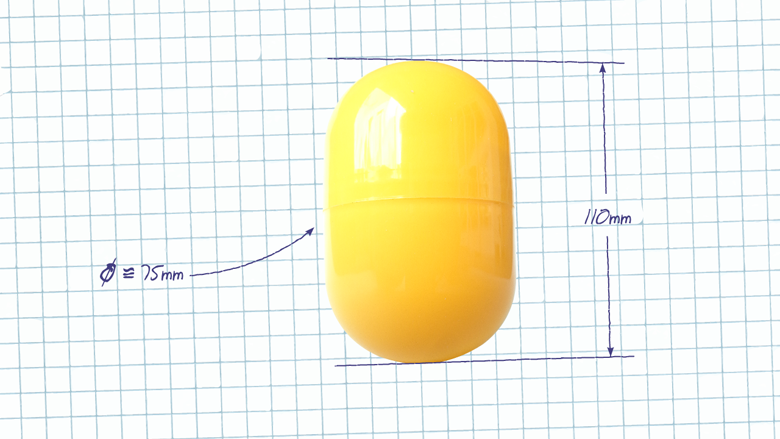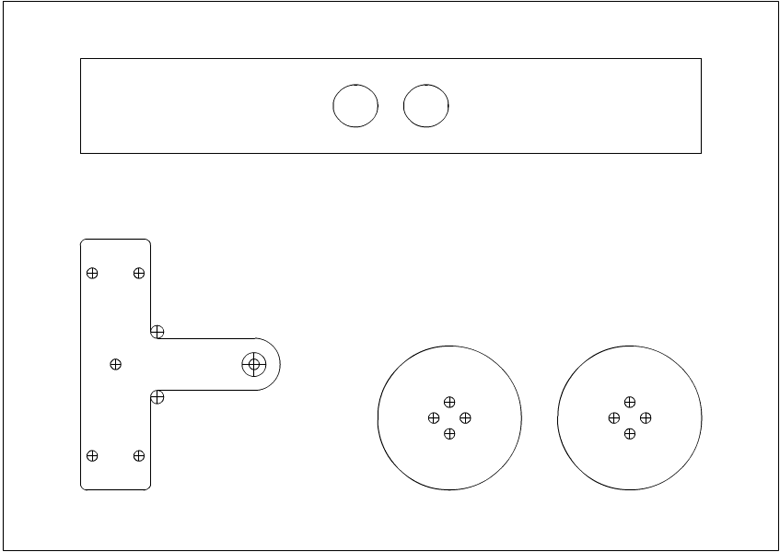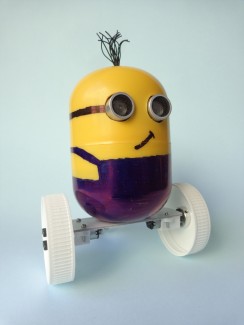DIY Minion robot made with scrap and Arduino
Hello!
I guess you guys already know that I have a little baby. Even though he's small, he's already very watchful seeing the robots running around the house (we had much fun together with the mBot and his lights). So I made this buddy thinking it would be fun for him as well.
Currently I have not worked much with scraps, but I have a lot of them at my lab.
Long ago (I believe there are four years) keep this capsule (which was used as the main body part) and recently remembered it and realized it would be ideal material to make a Minion. (I'm not a big fan of the Minions, but I could not give another function to this capsule.) ;)


So this week I decided to do something mostly with scraps.
After making some sketches and the templates, started the work, which took me only one afternoon to make the body and one more afternoon to the electronics.

The capsule was obtained from a Easter Kinder egg.


The templates were made to facilitate to make the holes for the HC-SR04 sensor and the wheels and to make a good support for the motors. The templates are available in a pdf file in the attached files.
The whole process of making the body is shown on the first video.

List of materials and components:
- Kinder egg capsule;
- high impact polystyrene piece;
- a pair of wheels (obtained from Nutella pots);
- third wheel (obtained from an old cassete player system);
- a pair of micro DC geared motors with hubs and brackets;
- small ball bearing with flange;
- screws and nuts;
- Arduino UNO (note on the below picture that an Arduino Nano is shown. It was my first option, but my Nano board have a mini USB connector and my mini USB cable is broken);
- L298N breakout board;
- HC-SR04 sensor;
- a pair of LiPo batteries;
- jumper wires;
- thin wires (for the hair).


The hardest part: obtain the wheels! :)

Tools and others:
- hand drill;
- metal ruler;
- scissors;
- sandpaper;
- pliers;
- razor;
- screwdriver;
- permanent marker (black and blue);
- stick glue;
- instant adhesive (cyanoacrylate ester);
- masking tape.

Electronics
The electronics is quite simple, as follows:
HC-SR04 sensor
- VCC >> 5V
- Trig >> Arduino pin 10
- Echo >> Arduino pin 9
- GND >> GND
L298N
- ENA >> Arduino pin 3
- IN1 >> Arduino pin 4
- IN2 >> Arduino pin 5
- ENB >> Arduino pin 6
- IN3 >> Arduino pin 7
- IN4 >> Arduino pin 8
The LiPo batteries are connected in series (so 7.4V) and his positive passes through a switch and goes to the 12V connector of the L298N. The L298N have a 5V connector, which provides the power to the Arduino board (in the 5V pin). Arduino and L298N must have a common GND.

The only necessary soldering was to connect wires to the motors.

It would have been easier with the Arduino Nano, but has enough room for all components.

Additional pictures





Runs around avoiding obstacles... and falling sometimes :)


